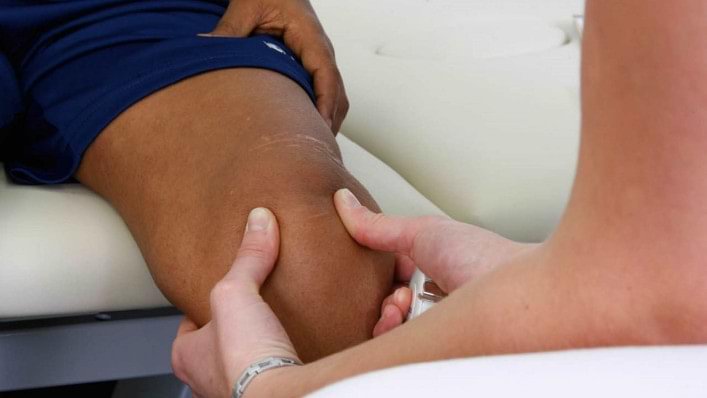Amputation levels

The term amputation level describes the place where a body part is amputated. It is established by the doctor before the operation and is based on the reason for amputating.
If the surgery is planned, your O&P professional can be included in the consultations beforehand. The O&P professional can provide advice regarding the most suitable amputation level for the subsequent fitting with a prosthesis.
That is because the amputation level is one of the factors that determines the suitable prosthesis. It establishes what parts and joints of your leg have to be replaced by a prosthesis.

Foot amputation
More than twelve different amputation levels are known in the area of the foot. They range from a toe amputation to a midfoot amputation to an amputation in the area of the tarsus.
Silicone prostheses can be used for a prosthetic fitting.

Transtibial amputation (lower leg amputation)
With a transtibial amputation, the tibia and fibula are severed.
A prosthetic foot, adapters and connecting elements to the prosthetic socket are needed for the prosthetic fitting.

Knee disarticulation
Knee disarticulation is when the knee joint is cut, severing the lower leg. The thigh is retained entirely.
A prosthetic foot, knee joint, adapters and connecting elements to the prosthetic socket are needed for the prosthetic fitting.

Transfemoral amputation (above-knee amputation)
In a transfemoral amputation, the thigh bone is severed.
A prosthetic foot, knee joint, adapters and connecting elements to the prosthetic socket are needed for the prosthetic fitting.

Hip disarticulation
In hip disarticulation, the amputation is performed in the area of the hip joint. With this type of amputation, the pelvis subsequently has to control the prosthesis.
A prosthetic foot, knee joint, hip joint, adapters and connecting elements to the prosthetic socket are needed for the prosthetic fitting.

Hemipelvectomy
In case of hemipelvectomy, the entire leg and parts of the pelvis up to the sacrum are amputated. With this type of amputation, the pelvis subsequently has to control the prosthesis.
A prosthetic foot, knee joint, hip joint, adapters and connecting elements to the prosthetic socket are needed for the prosthetic fitting.